In the area of Biokove, human presence has a continuity from prehistory to the later periods. Biokovo, especially at the edges, was inhabited in prehistoric times, long before the appearance of any letters. Witnesses to this are numerous archaeological sites where material remains confirm this. The earliest evidence of human presence on the Biokovo area are associated with the Paleolithic period. This is the period when man chooses the cave habitat, and tools and weapons made of stone and bone. A further period of civilization is characterized by production of metal objects, a novelty in this period are the hills and forts, ruins, from which a broad land and sea space could be seen. At the foot of them lived a population and in cases of emergency they found shelter in them. The most typical is a series of constructions set in the prehistoric ccommunication from Dubac inward. Also, during this period cemeteries, stone tumuli or mounds appeared.
The appearance of tumuli shows close roads and their importance. The most numerous group of tumuli are on the outskirts of Biokovo, in the Gornjih Brela, the area between the Staze and Saranča. The period which is coming brings the ethnic touch of the already formed Illyrian population with the Greeks and Romans. Back in the early Roman period, the settlements of the Biokovo area reached the level of civilization and culture to raise religious buildings. Churches were built on prominent peaks, which dominated the area. Particular attention should be paid to the question of worship at St. Jura at the highest top of Biokovo. The church of St. Jura at the top of the same-name peak was first mentioned in 1640 in the travelogue of Fr Paul Pelizzera from Rovinj.
Unfortunately, during the construction of TV transmitters in 1965, the church was demolished. The new church was built in the east in 1968. In addition to the church Biokovo has many churches and chapels, such as the new age church St. Ilija which was built in the nineteenth century. The church of St. Nikola was built in the XIV or XV century on a hill in Upper Brela, the church of St. Roko which is on the top above the village of the same parish, and its shape is reminiscent of the demolished church of St. Jura, the chapel of St. Ilija at the top of the same name peak, the chapel of St. Kaja at the site of Nevestinaa mentioned already in 1786, the chapel of the Blessed Virgin Mary at the Dubac pass built before 1870, the chapel of St. Nikola on Staza from the 19th century, etc.. The towers and fortresses in their number and the preservation after churches are the second consecutive cultural monuments in this area. In the previous section we have already mentioned those that have occurred during prehistory and antiquity, while medieval fortress are rare. Those that occurred during and after the Turkish authorities are known and better preserved. Today the remains of the fort can be seen very clearly, as those in the macro above Pirakovih house, Vrcan cave in Veliko Brdo, the large castel in Kotišina etc..
 English
English
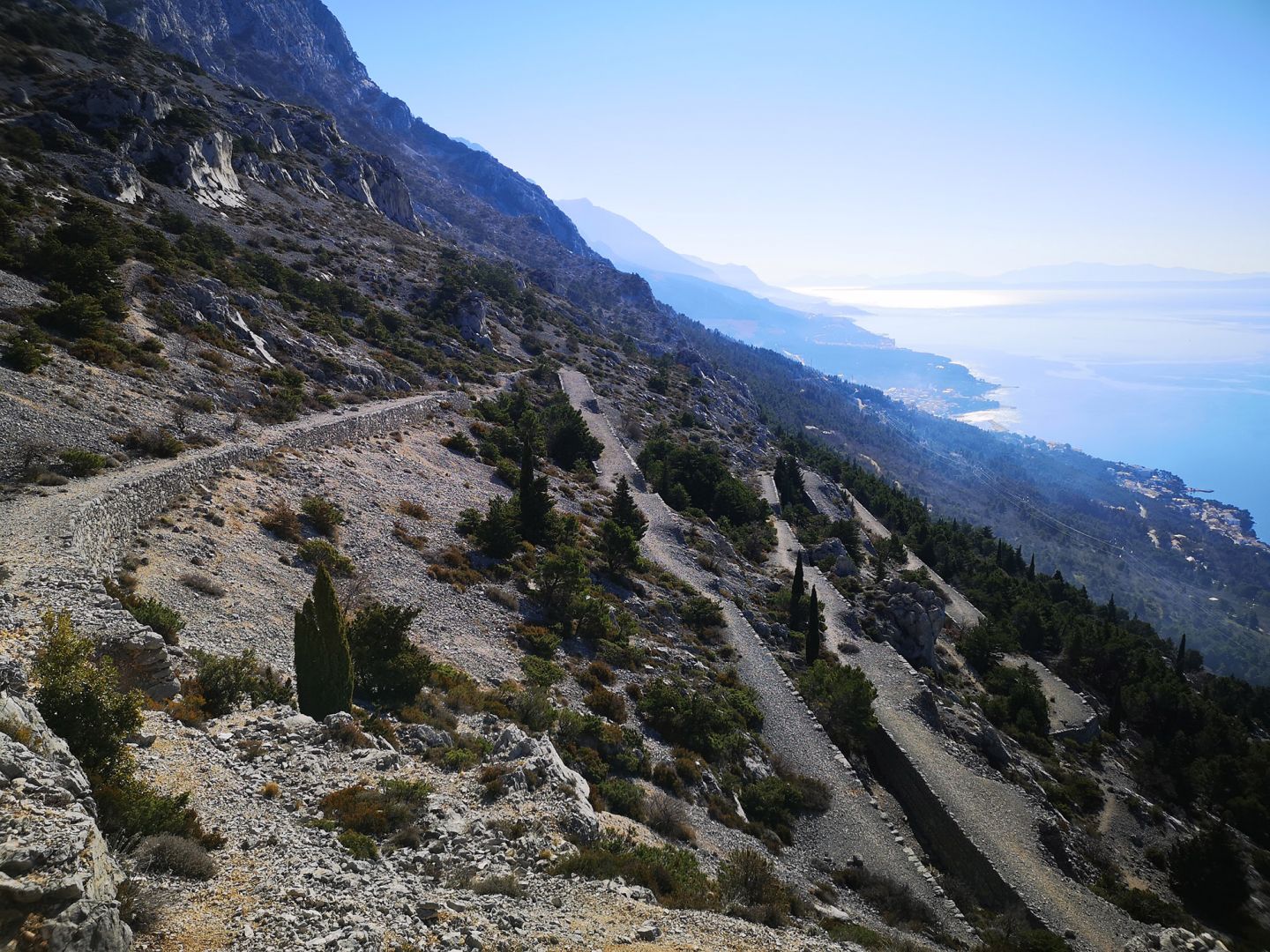
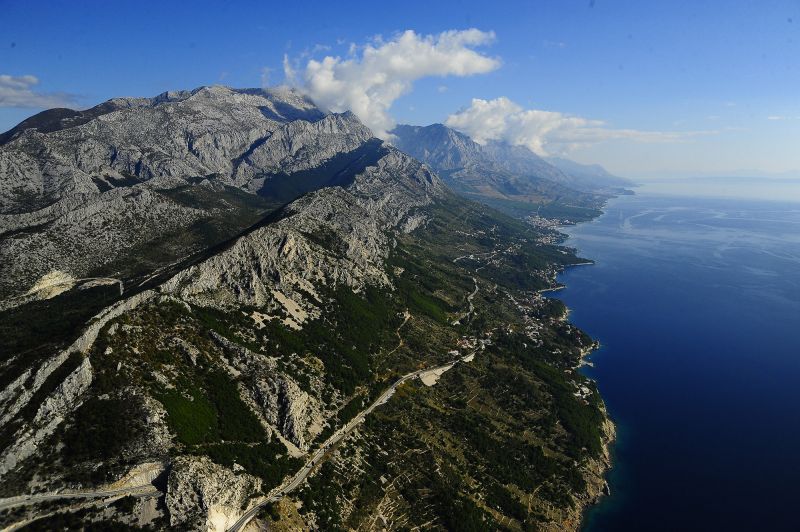
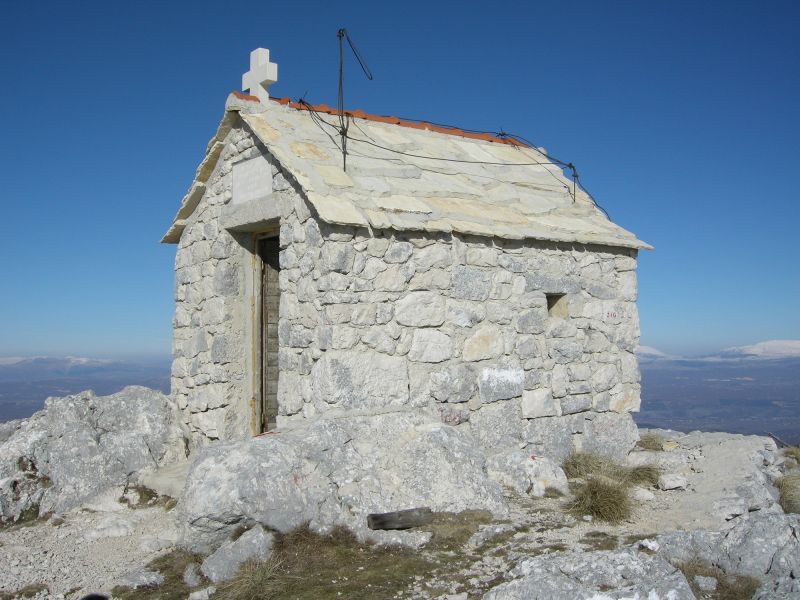
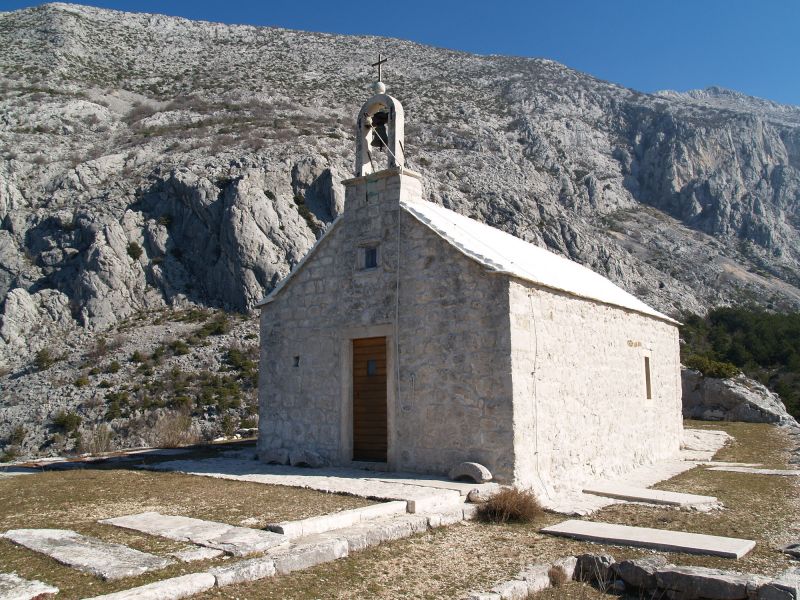
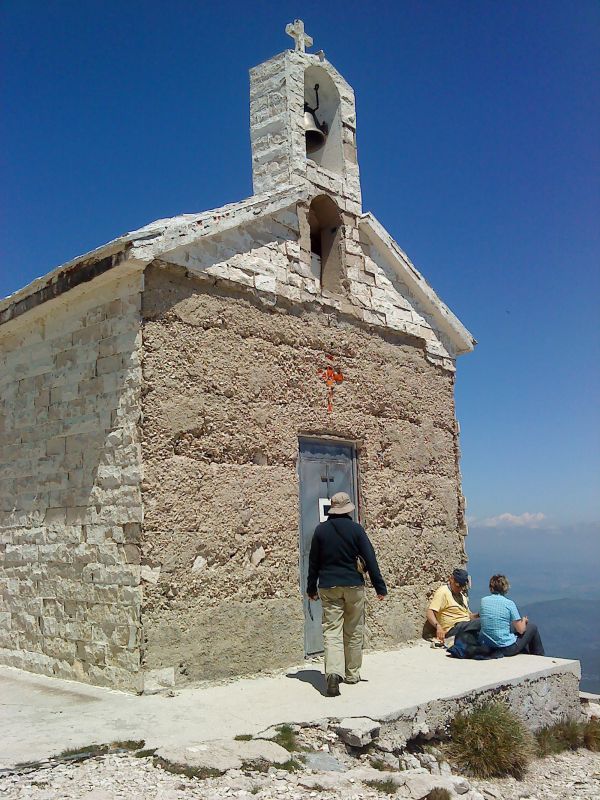
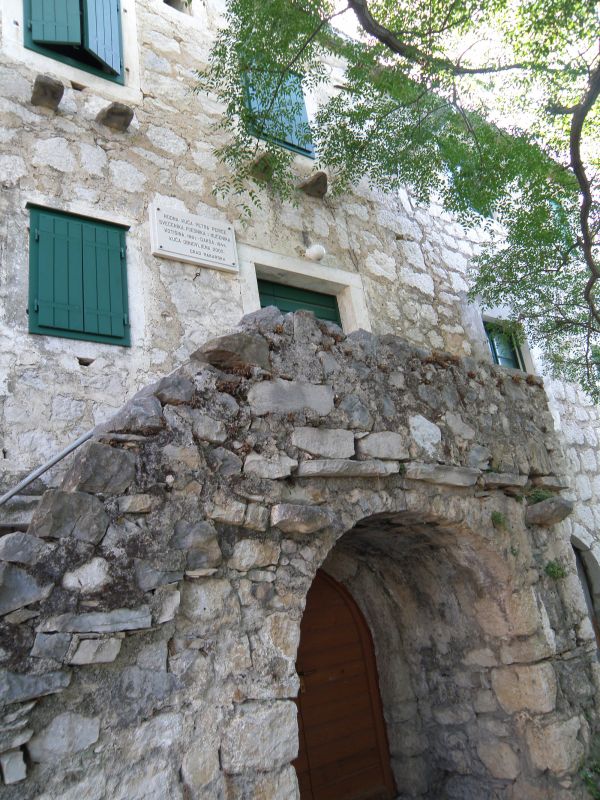
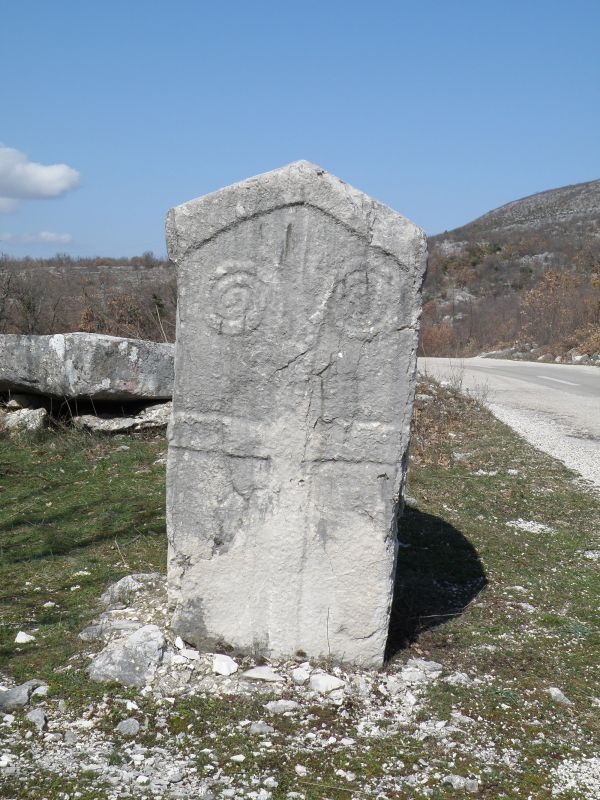
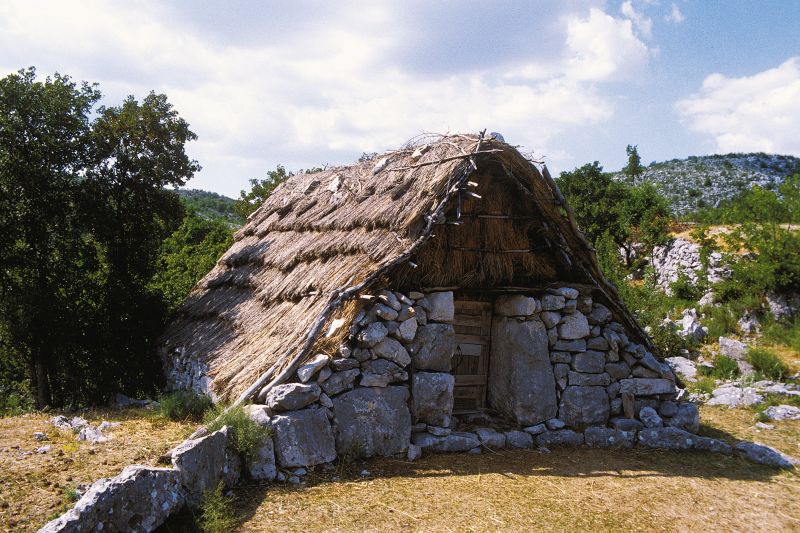
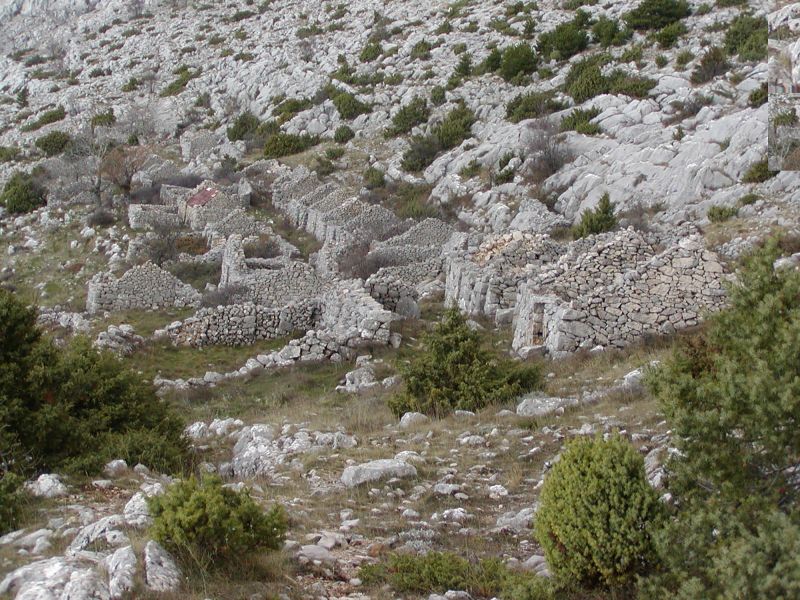


 Parks of Croatia
Parks of Croatia





















